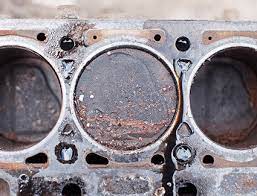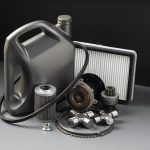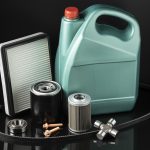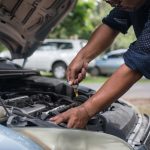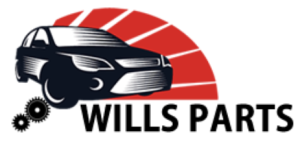How to Identify and Replace a Blown Head Gasket
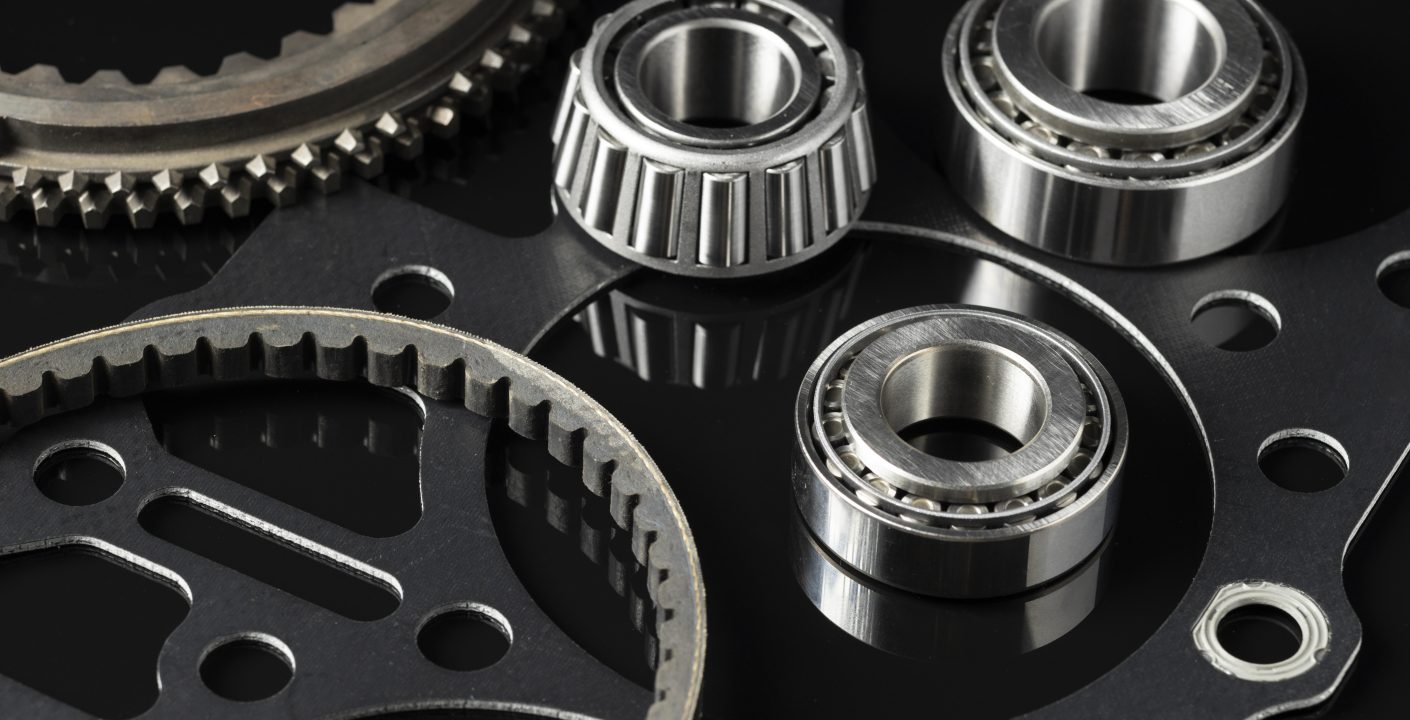
A blown head gasket is a common and potentially serious issue. This vital component is located between the engine block and the cylinder head. The gasket serves to seal the combustion chamber and prevent coolant and oil from mixing. When it fails, it can lead to overheating, loss of power, and costly repairs. Here, we’ll delve into the signs of a blown head gasket and provide a step-by-step walkthrough for replacing it, ensuring your car runs smoothly once again.
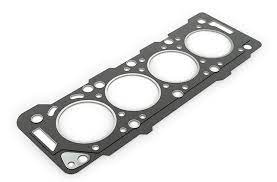
Identifying Signs of a Blown Head Gasket:
-
Overheating:
One of the most noticeable signs of a blown head gasket is frequent overheating. Keep an eye on your temperature gauge, and if you notice it consistently rising above normal levels, it could indicate a blown gasket.
-
White Exhaust Smoke:
If your car emits thick white smoke from the exhaust pipe, it’s a strong indicator of coolant leaking into the combustion chamber and being burnt along with fuel.
-
Milky Engine Oil:
Check your engine oil regularly, and if you notice a milky or frothy appearance, it suggests coolant contamination, a clear sign of a blown head gasket.
-
Loss of Coolant Without Visible Leaks:
If your coolant levels are consistently dropping but you can’t find any external leaks, it’s likely being consumed by the engine through a blown head gasket.
-
Bubbles in Radiator:
Start your engine and remove the radiator cap (when the engine is cool). If you notice bubbles forming in the coolant, it indicates exhaust gases are leaking into the cooling system, a telltale sign of a blown head gasket.
Replacing a Blown Head Gasket
Step 1: Gather Your Tools and Materials (Purchase all tools here)
- Socket set
- Torque wrench
- Gasket scraper
- Replacement head gasket kit
- Engine coolant
- Engine oil
Step 2: Preparation
- Allow the engine to cool completely.
- Disconnect the battery to prevent electrical accidents.
- Drain the coolant and engine oil.
Step 3: Access the Head Gasket
- Remove the intake manifold and exhaust manifold.
- Disconnect all electrical connections, hoses, and components attached to the cylinder head.
- Loosen and remove the cylinder head bolts, following the manufacturer’s specified sequence.
- Carefully lift off the cylinder head, taking care not to damage any mating surfaces.
Step 4: Clean and Inspect
- Thoroughly clean the cylinder head and engine block mating surfaces using a gasket scraper.
- Inspect the cylinder head and engine block for any signs of damage or warping. Resurface if necessary.
Step 5: Install the New Head Gasket
- Place the new head gasket onto the engine block, ensuring it aligns correctly with the cylinder head and engine block.
- Carefully lower the cylinder head onto the new gasket, making sure it sits flush.
Step 6: Reassembly
- Reinstall the cylinder head bolts and torque them to the manufacturer’s specifications in the specified sequence.
- Reattach all hoses, electrical connections, and components removed earlier.
- Refill the engine with fresh coolant and engine oil.
Step 7: Test Run and Inspection
- Reconnect the battery and start the engine.
- Monitor for any leaks, abnormal noises, or signs of overheating.
- Allow the engine to reach operating temperature and recheck coolant and oil levels.
Replacing a blown head gasket is a challenging but manageable task with the right tools, knowledge, and patience. By identifying the signs early and following this step-by-step guide, you can effectively address the issue and restore your car’s performance and reliability. If you’re uncomfortable with performing the repair yourself, it’s always best to consult a professional mechanic for assistance.
Image Credit: Image By FreePik and Google.


